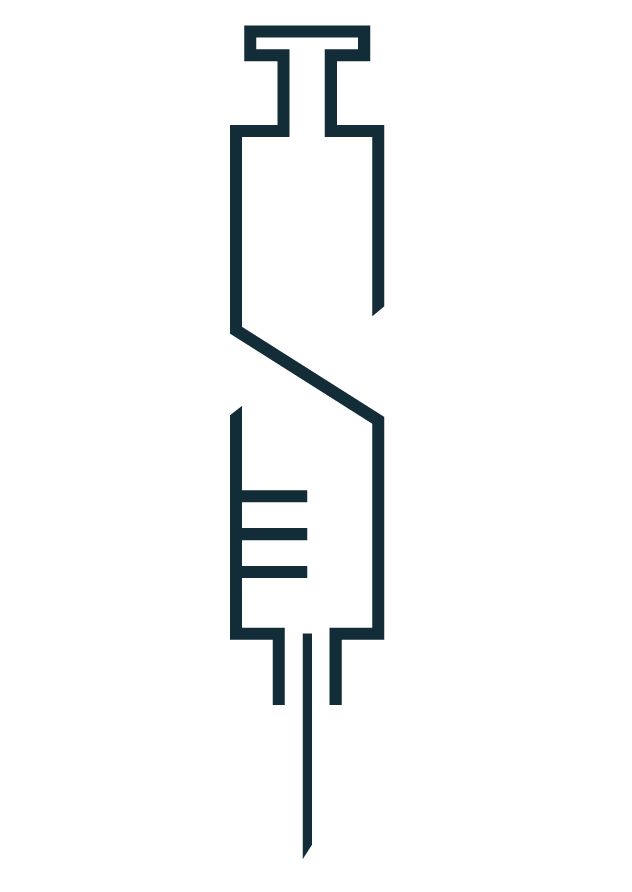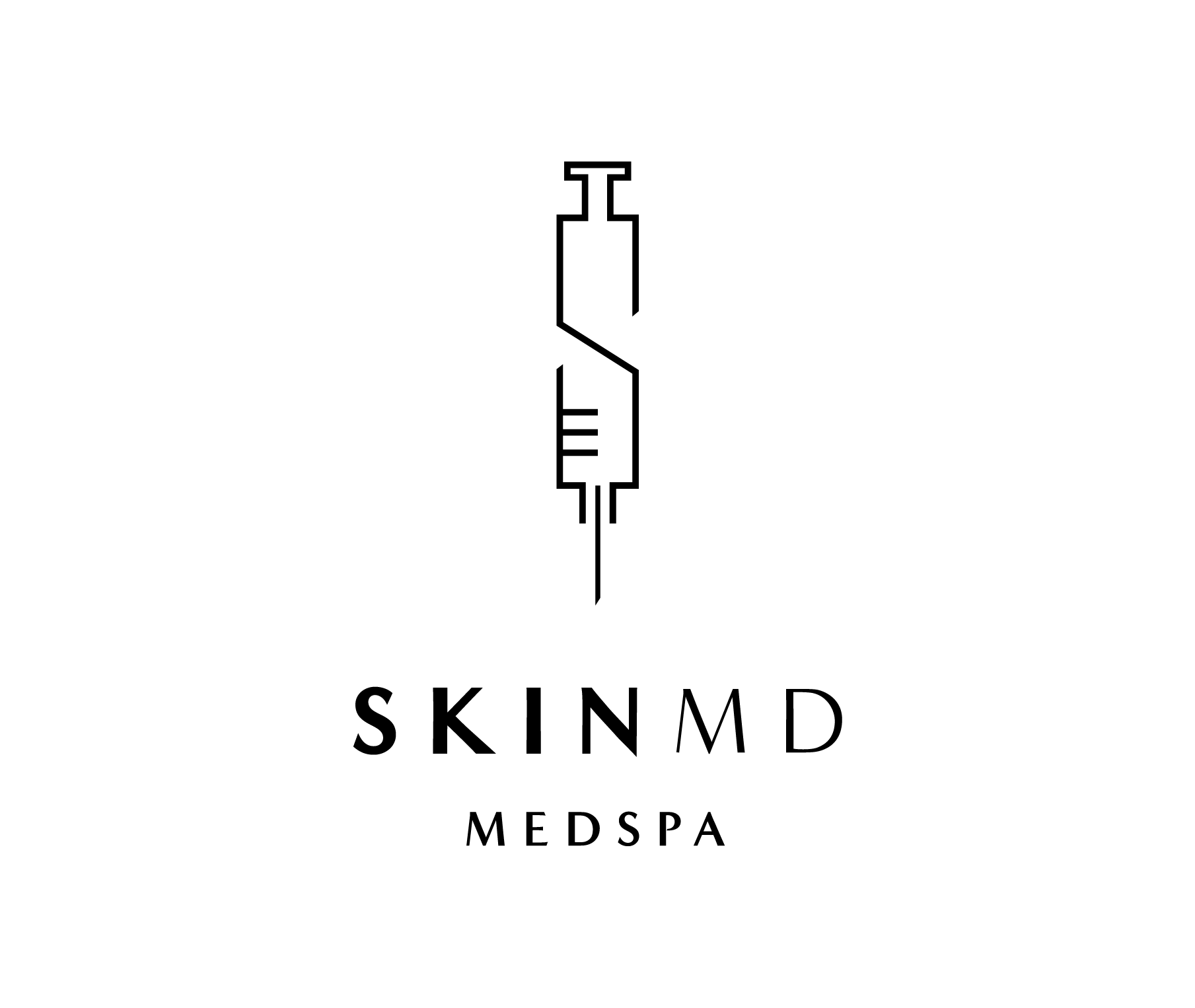The Science Behind Botox
The Science Behind Botox: How It Works and What to Expect
Botox is one of the most popular non-surgical cosmetic treatments in the world, but how much do you really know about it? Beyond the buzz, there’s fascinating science at play. Let’s explore how Botox works and provide a timeline to guide you through the process.
The Science of Botox
Botox is derived from a purified form of botulinum toxin, a neurotoxin produced by Clostridium botulinum. When injected in small, controlled amounts, Botox temporarily blocks the nerve signals that cause muscle contractions. By relaxing targeted muscles, Botox smooths wrinkles, reduces fine lines, and even prevents new ones from forming.
Contrary to misconceptions, Botox doesn’t "freeze" your face. Skilled injectors, like those at Skin MD in Dearborn, MI, use precise techniques to create natural, refreshed results without compromising facial expression.
The Botox Timeline: What to Expect
Day 1: The Injection Your Botox appointment is quick and virtually painless. Using a fine needle, the provider administers the injections to targeted areas, such as the forehead, crow’s feet, or frown lines. The procedure typically takes about 10–15 minutes, with no downtime required. You can return to your day immediately after, although mild redness or swelling at the injection sites may occur.
Days 2–4: Subtle Changes Botox doesn’t deliver instant results. During the first few days, you may notice slight softening in treated areas as the neurotoxin begins to work on the targeted muscles. Most people feel perfectly fine to resume their normal routine during this time.
Days 7–14: First Results Appear By the end of the first week, noticeable improvements begin to emerge. Wrinkles and lines appear softer, and the skin looks smoother. For many, the peak results occur around 10–14 days after the treatment.
Months 3–4: Gradual Wear-Off Botox results typically last between three and four months. As the neurotoxin’s effects gradually wear off, muscle activity resumes, and lines may slowly reappear. Consistency with treatments helps maintain long-term results.
Month 3–4: Time for a Follow-Up Once you notice the effects starting to fade, it’s time to schedule your next appointment. Regular Botox treatments can prevent wrinkles from becoming more pronounced over time and help maintain a youthful, refreshed appearance.
Why Choose Botox at Skin MD in Dearborn, MI?
At Skin MD, our experienced injectors combine technical expertise with an artistic approach to ensure your Botox results are both effective and natural-looking. We’ll work with you to develop a personalized treatment plan that fits your goals.
Book Your Botox Appointment Today
Ready to experience the science of smooth, youthful skin? Visit SkinMDMichigan.com to schedule your Botox consultation. Let Skin MD help you look and feel your best with expertly delivered treatments that deliver real results.





